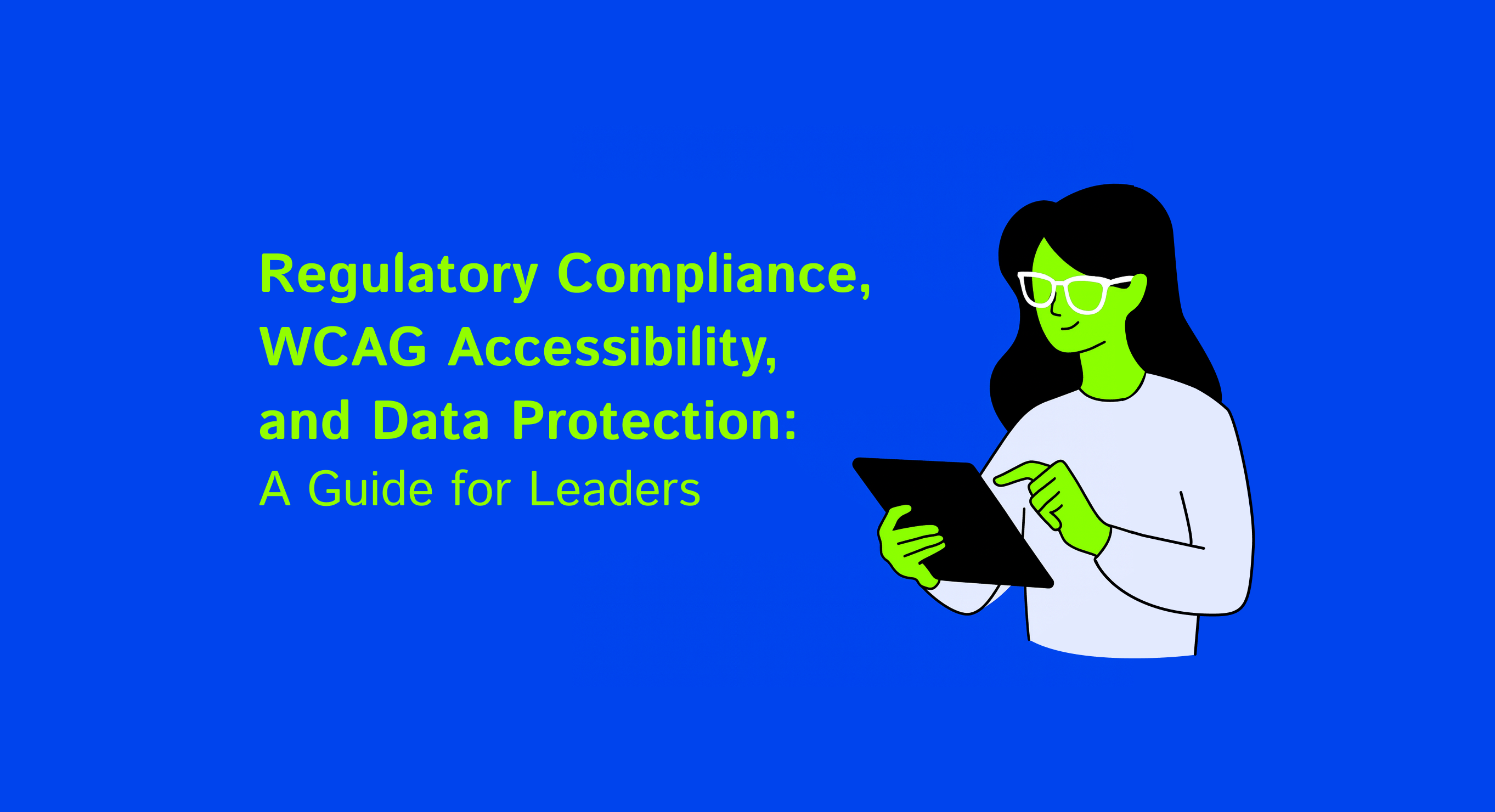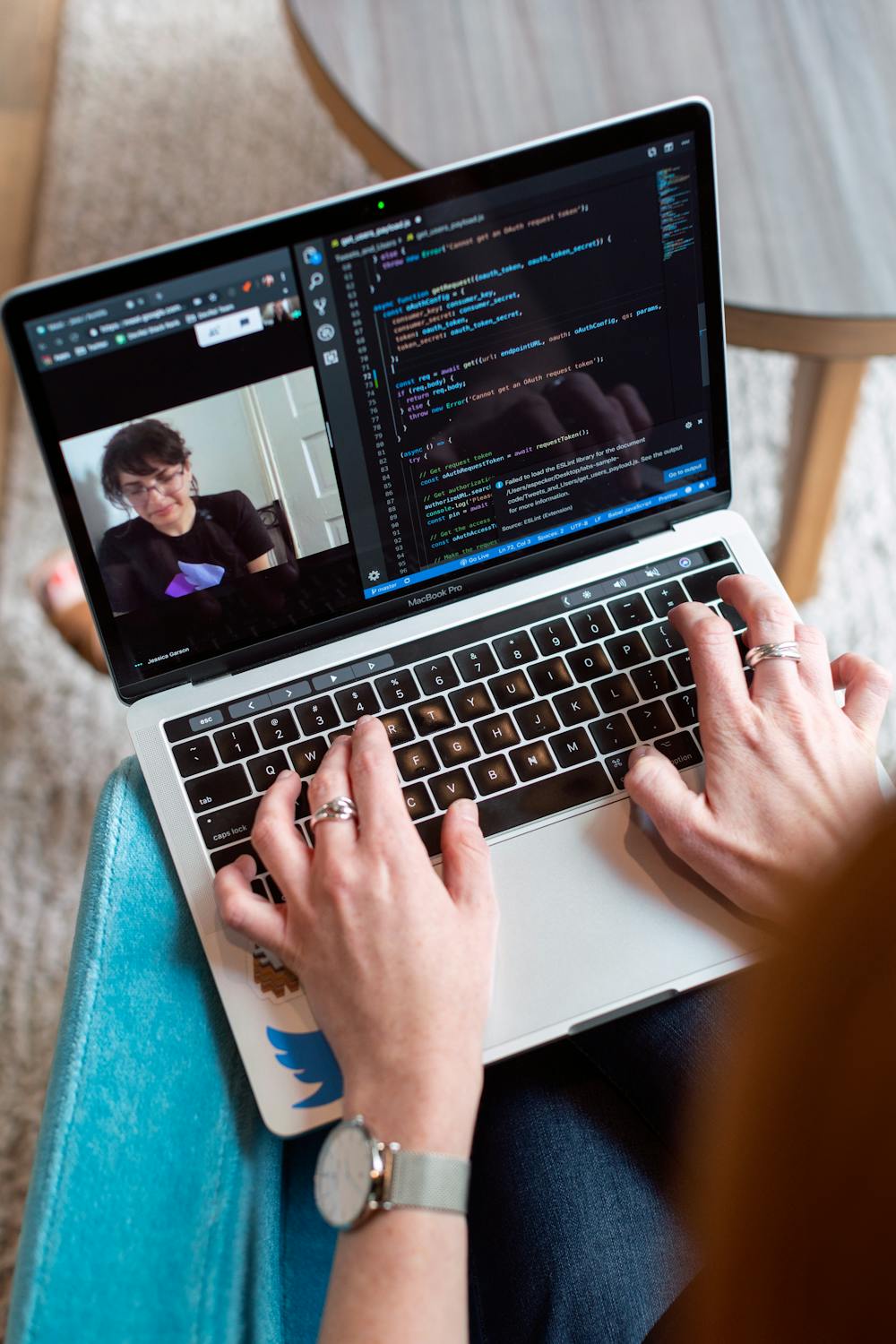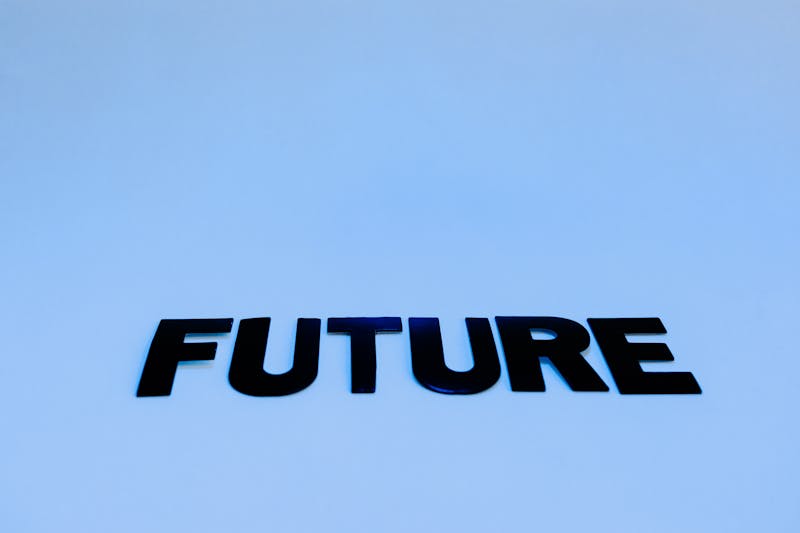
Design New Digital Experiences
Designing New Digital Experiences: A Journey through Design Thinking
In the ever-evolving landscape of digital technology, creating seamless and engaging user experiences is paramount. As we navigate the intricate intersection of design and technology, the importance of adopting a design-thinking approach becomes increasingly evident. In this article, we’ll explore the essence of design thinking and how it plays a pivotal role in crafting innovative and user-centric digital experiences.

Understanding Design Thinking
Design thinking is not just a methodology; it’s a mindset that places the end user at the core of the design process. It involves empathizing with users, defining their problems, ideating creative solutions, prototyping, and testing. By embracing a human-centric approach, design thinking ensures that digital solutions are not only technologically advanced but also resonate with the needs and preferences of the end user.
The Marriage of Design and Technology
In the realm of digital design, the synergy between creativity and technology is profound. While technology provides the tools and capabilities, it is the thoughtful and innovative design that brings these technologies to life. The marriage of design and technology is not about one overshadowing the other but rather a harmonious collaboration that results in a superior user experience.
Image: Representative image of accessibility in web development.
Crafting User-Centric Experiences
User experience (UX) is not just a buzzword; it’s a critical aspect that can make or break a digital product. Designing with the end user in mind ensures that the final product is intuitive, easy to navigate, and aligns with user expectations. Through user research, feedback loops, and iterative design processes, we refine and enhance digital experiences to meet and exceed user needs.
Working Backward to Technology
In the pursuit of crafting exemplary digital experiences, it’s crucial to work backward from the user’s perspective to technology. Instead of letting technological capabilities dictate the user experience, we start by understanding user requirements and expectations. This user-first approach guides the selection and implementation of technologies, ensuring they serve the ultimate goal of enhancing the user experience.
Innovation in Digital Design and Development
The landscape of digital design and development is marked by continuous innovation. Staying ahead in this dynamic field requires a commitment to exploring new technologies, methodologies, and design principles. Whether it’s incorporating the latest design trends, leveraging emerging technologies like AI and AR, or adopting agile development practices, innovation is the driving force behind creating future-ready digital experiences.
Conclusion
In the realm of digital experiences, the intersection of design thinking, creativity, and technology is where the magic happens. By embracing a design-thinking mindset, organizations can create digital solutions that not only meet the functional requirements but also resonate with and delight users. As we navigate the ever-changing landscape of technology, let us remember that the key to success lies in crafting experiences that seamlessly blend human-centric design with cutting-edge technology. Together, let’s embark on the journey of designing new digital experiences that redefine the way users interact with technology.
Latest Articles
Invest in growth
Strategic decisions not only drive success and innovation within your organization but also ensure a dynamic environment where every team member can thrive.
* We will not share your data with anyone.





















